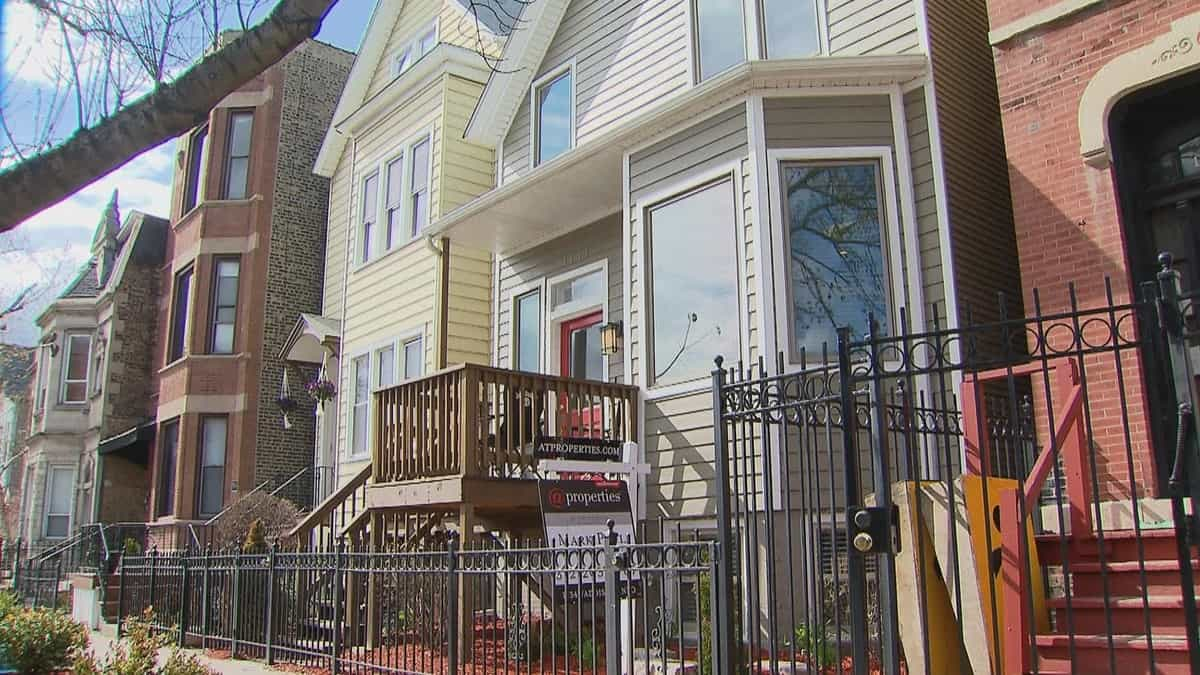
The CARES Act brought more than just the stimulus checks and financial aid for small businesses. The Coronavris Aid, Relief, and Economic Security Act helps homeowners to get forbearance for their mortgage.
If you’re someone that struggles to keep up with monthly mortgage payments, know that you can get forbearance from your bank and waive your monthly payments for up to 360 days. There is a deadline to request this-long forbearance. The forbearance was originally set to end on December 31, 2024, but with the executive order, it has been extended for an additional 30 days.
The last order of business came right before 2024 began. To be eligible for mortgage forbearance, you must be struggling financially to make your monthly payments. If you have a reduced income that affects your monthly payments, contact your loan provider and request forbearance. Most loan providers have adapted to the number of requests so the process will be quick and easy.
How to apply for forbearance?
The application process for mortgage forbearance is quite easy. All you need to do is contact your loan provider and request forbearance. Your loan provider might have eligibility requirements but generally, if you had reduced income, you will get a forbearance.
Some financial institutions have even carried requesting forbearance to their mobile and online platforms. If there’s an option to do so, you can request mortgage forbearance through there.
Duration and Penalties
The mortgage forbearance can be requested for an initial 180 days. During this period, you won’t incur any interest or late penalties. Your monthly mortgage payments will be suspended. After 180 days, you can either continue to make your payments or request an additional 180 days.
Depending on your loan provider, the second forbearance might have different eligibility requirements than the previous one. But again, if your income was reduced significantly, or at least to a sizable amount where you struggle to make your payments, you should get forbearance without any problems.